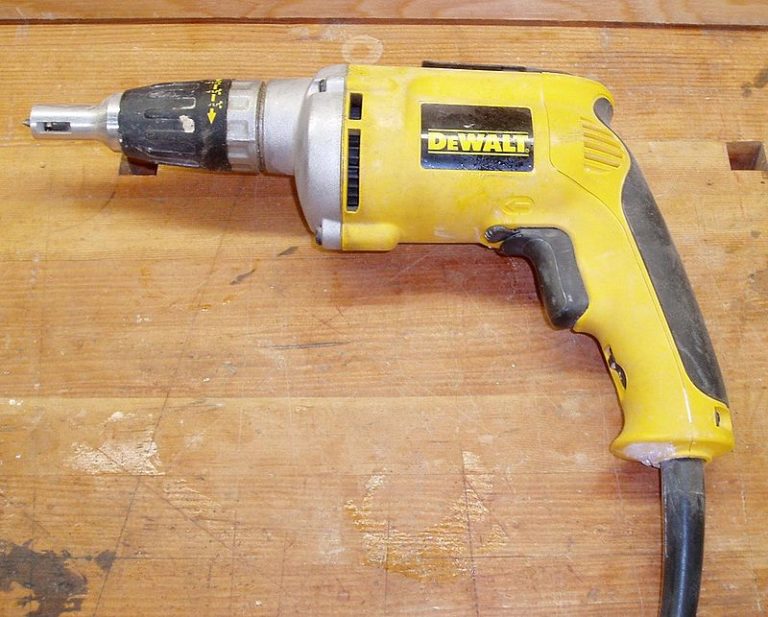Fastening is essential to keep materials joined together for a particular use or purpose. Before, we were contented by rudimentary carpentry tools such as hammers, nails, screws, and screwdrivers. But as the time paces by, technology has enabled manufacturers to come up with the more sophisticated power tools that make every handyman’s job quicker, easier and more precise.
One of these is the development of fastening tools like nailers, staplers and screw guns.
Nailer
Also known as a nail gun, a nailer is a tool which drives a nail into the surface of wood or any other material. But instead of using a hammer and a manual force, the nailer uses the power from compressed air to drive a nail into the wood easily and quickly. They are usually referred to as pneumatic nailers.
Pneumatic nailers typically come with an air compressor and a hose that supply air into the nailer – and the air compressor is pretty heavy to lug around. However, hoseless and cordless portable models have emerged and become increasingly popular. There are other models which are also run by gas-powered internal combustion engines, along with a rechargeable battery which supplies the power to the machine’s fan and sparkplug.
Portable nailers are pretty compact and lightweight handheld tools which are great especially if you do some relatively easy carpentry, home improvement tasks or outdoor repairs. They usually come with their own traveling case so you can take them wherever you are, without having to drag the compressor and hose around. And while portable nailers are not as quick as their pneumatic counterparts, they’re still quicker compared to burying nails by hand.
Aside from gas- and air-powered nailers, electric nailers are also available on the market; many electric units can drive a nail as small as 18 inches.
Stapler
Although the common office stapler and the power tool staple have one thing in common – driving metal staplers to fasten two materials together – they also differ in many aspects (not to mention the size).
Staplers, or stapler guns, are also hand-held machines that use its own kind of staple metal into many different materials – wood, plastic, clothing, masonry, and others. There are basic non-electric ones that need a bit of hand pressure to fasten down materials together, although it can quite sore your hands in the long run. Fortunately, there are electric single-shot ones that make fastening down materials quite a snap (pardon the pun).
The hammer tacker is another type of stapler that is simple in structure yet is incredibly fun to use. It is typically used as a hammer to apply staples – just whack it down or against whatever material you’ll be stapling. It usually comes with a handle for a more comfortable grip. The hammer tacker is good if your task is fastening down materials quickly and successively.
Screw gun
Automatic vs. manual loading – Most screw guns require the user to position the screw into the magnetized bit, which holds it until you’re ready to use the screw to drive into any surface. However, auto-feed manual screws have become more available on the market.
Smaller units are ideal for light work such as fastening drywall and framing, while bigger models can be used for decking and building furniture without having to bend over.
If you are working with too many projects (or intending to), then you might need another type of screw gun that can load collated screws so that you won’t have to load individual screws, one at a time. Such a screw gun can drive a screw two inches below the surface of many types of wood, including hardwood. But collated screws are obviously more expensive.
Drywall screw guns – Drywall screw guns are available in both corded and cordless versions. The outstanding feature of a drywall screw gun is its adjustable nose piece that determines how much deep a screw could be driven. Its clutch causes the bit to rotate only when it’s held down firmly against the workpiece. Drywall screw guns are durable and powerful enough for heavy-duty jobs – they can even drive 1-and-5/8-inch screws continuously without breaking itself down or burning out.
Combination drill/drivers – If you want versatility out of your drilling/screwing equipment, then you can get this extremely handy power tool that does the double job of boring holes and driving screws. Basically, this tool functions more like a drill. But additions such as the adjustable clutch, electric brake, changeable speed control, and reverse and dual speed ranges will give you better and more precise control of driving screws.
